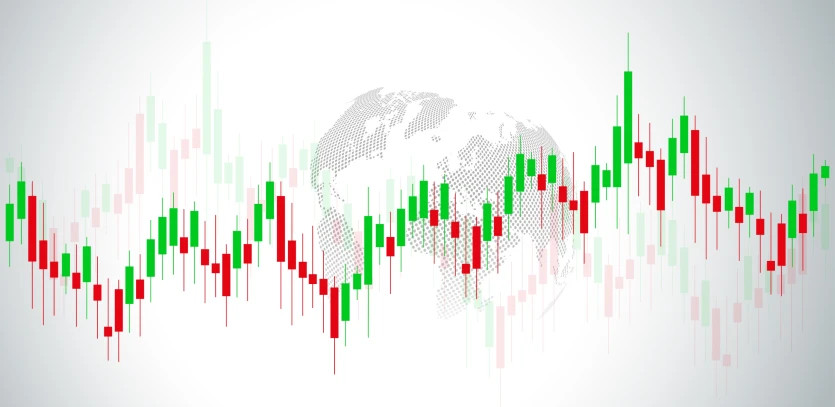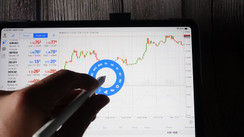Frequently asked questions of traders are: "What kind of indicators should we use in trading?" Or often traders ask "without which indicators you can not trade?".
Of course, there is no unambiguous answer to these questions. Different indicators monitor and evaluate various factors and market trends.
There is, however, one that provides us with information about support / resistance, and trends at the same time. This indicator with the whole name is called Ichimoku Kinko Hyo, also known in short form as Ichimoku.
Before we begin to disassemble the individual components of the Ichimoku indicator, there are some features that are good about this indicator. Ichimoku is a neutral indicator in terms of trend and can be used in any timeframe in both growing and declining markets. Overall, the indicator is more suited to trending markets than to side trends.
Cloud is the foundation
Clouds at Ichimoku are made up of two dynamic lines that provide the trader with information about the likeliness of the trend. Values for these lines are calculated here using historical "previous" chart prices.
Because capital protection should be at the forefront, that is why the Ichimoku clouds are Alpha and Omega, and with which the traders can predict with some probability whether or not the trend will change.
Some traders using Ichimoku focus on candles and price action analyzes right around the cloud to analyze whether the current trend will continue or reverse. Others rely only on the cloud itself, only interested in whether the current price moves under the cloud or over the cloud.
For some strategies, traders use Ichimoku to look for buying and selling signals in a way that when the market price moves under clouds, for example, they expect the market to make a correct somewhat higher and then enter short positions. By analogy, on the contrary, they do the same in the case of a price above the cloud.
Unique moving averages in Ichimoku
The power of the Ichimoku indicator is based on providing trading signals based on unique moving averages. After the indicator is inserted into the chart, the screen is visualized not only by clouds, but also by two moving averages, one of them being fast, with an initial period of 9, and a second slow, with a period of 26.
Why these averages are unique is that, unlike the base moving averages, which are calculated on the basis of closing prices, they are calculated on the basis of average prices which, by their nature, better outline trends.
As with other strategies based on moving averages, their crossing is considered as entry and exit signals. This means that when the fast average gets over slow and the clouds signify a rising trend, it is usually a buy signal, at the opposite crossing and the market, it is a sell signal.
Trend confirmation using the "past line"
This last component of the Ichimoku indicator is a past graph (by default it is set to 26 period) and is rather used by long-term traders because of their importance and relevance for their strategies.
As part of trading strategies, this line is often used as a trade confirmation, so that the trader looks at whether the line is already below or above the cloud, thus confirming the already predicted trend based on the analysis of the clouds themselves.
The Ichimoku indicator provides traders with a comprehensive picture of technical analysis, which has become an indispensable helper for many traders and has shifted their trading to a professional level.
About the Author
Team Purple Trading
Purple Trading is a true and 100% fair ECN / STP forex broker providing direct access to the real market. High speed orders execution, no trade-offs, no limits for any type of trading, the most advanced trading technologies. Explore more about Purple Trading at www.purple-trading.com .
For more information on the risks of trading, click here .
P.M. Purple Trading is a trade name owned and operated by L.F. Investment Limited., 11, Louki Akrita, CY-4044 Limassol, Cyprus, a licensed Cyprus Investment Firm regulated by the CySEC lic. no. 271/15.





